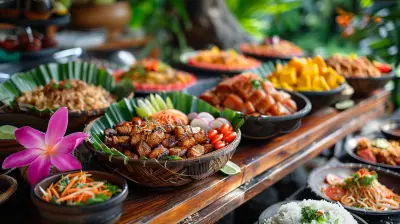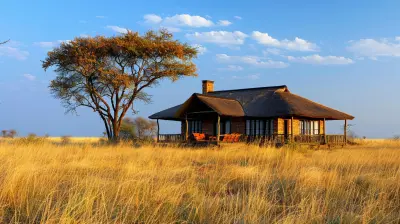Storytelling Traditions from Cultures Across the Globe
5 July 2025
Alright, pull up a chair, grab your favorite cuppa, and let’s have a little heart-to-heart about one of the most ancient, powerful, and straight-up magical human traditions ever: storytelling.
Now, before you roll your eyes and think, “Oh great, another history lecture,” hold on a sec. This ain’t your average snooze-fest. We’re diving into a world where myths breathe fire, gods sip tea with mortals, and ancestral wisdom gets handed down through whispered words and wild, hand-gesturing performances. I’m talkin’ about the global buffet of storytelling traditions that have shaped cultures, sparked revolutions, and entertained humanity for centuries.
So, buckle up, storyteller – this journey's gonna take you from the deserts of Africa to the icy tundras of the Inuit, and everywhere in between.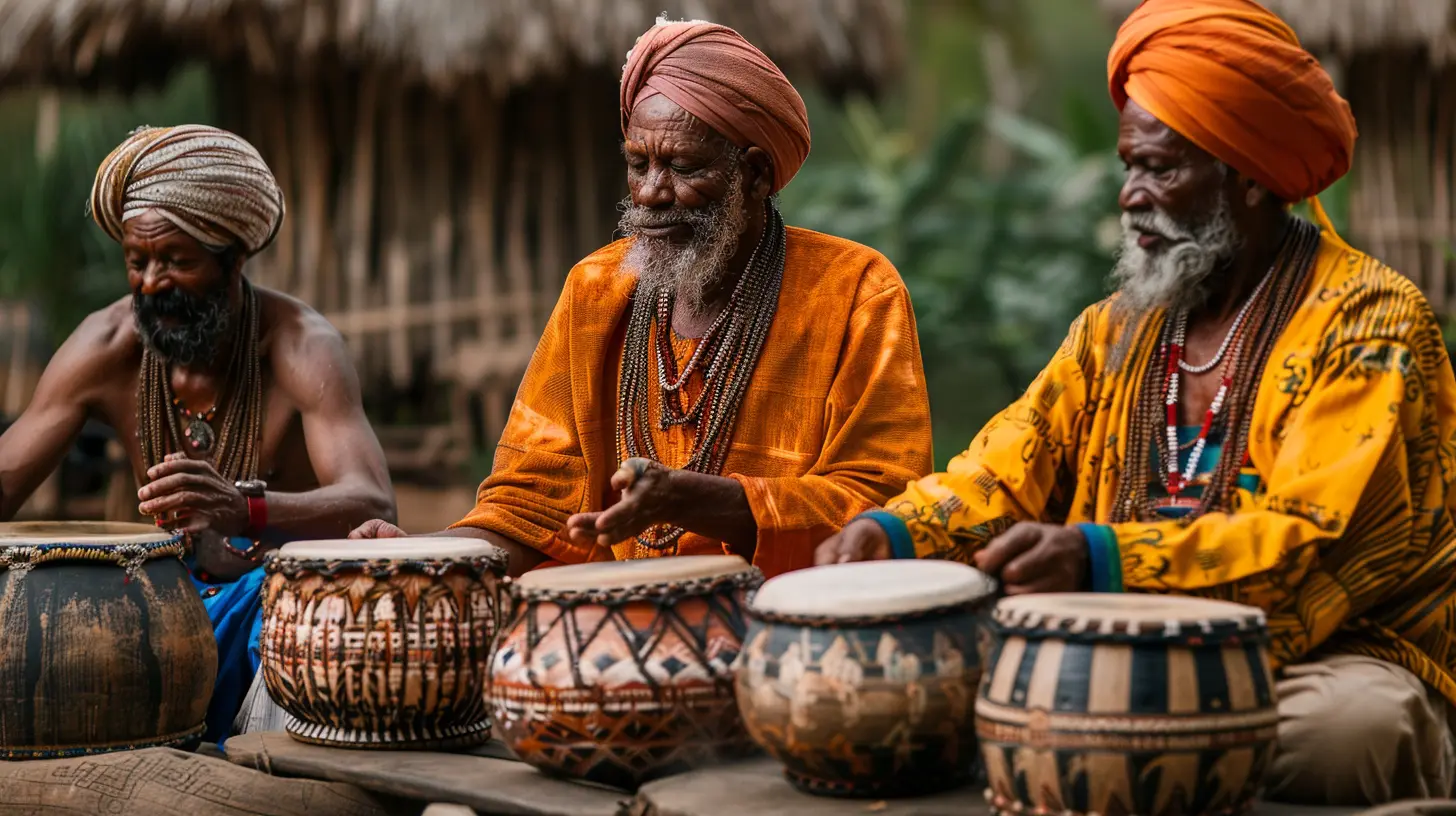
Why Storytelling Even Matters (Spoiler: It’s Not Just For Campfires)
Let’s get something straight: storytelling isn’t just about fairy tales and bedtime routines. It’s the original OG of communication. Long before YouTube, Netflix, or even books (gasp), folks were telling stories. Around fires. In caves. On the road. In temples. Whether to make sense of the stars or just to explain why Grandma’s soup always tasted like tree bark.And the kicker? These stories weren’t just for fun. They passed down knowledge, values, warnings ("don’t eat that glowing mushroom, Kevin!"), and traditions that kept cultures alive and thriving.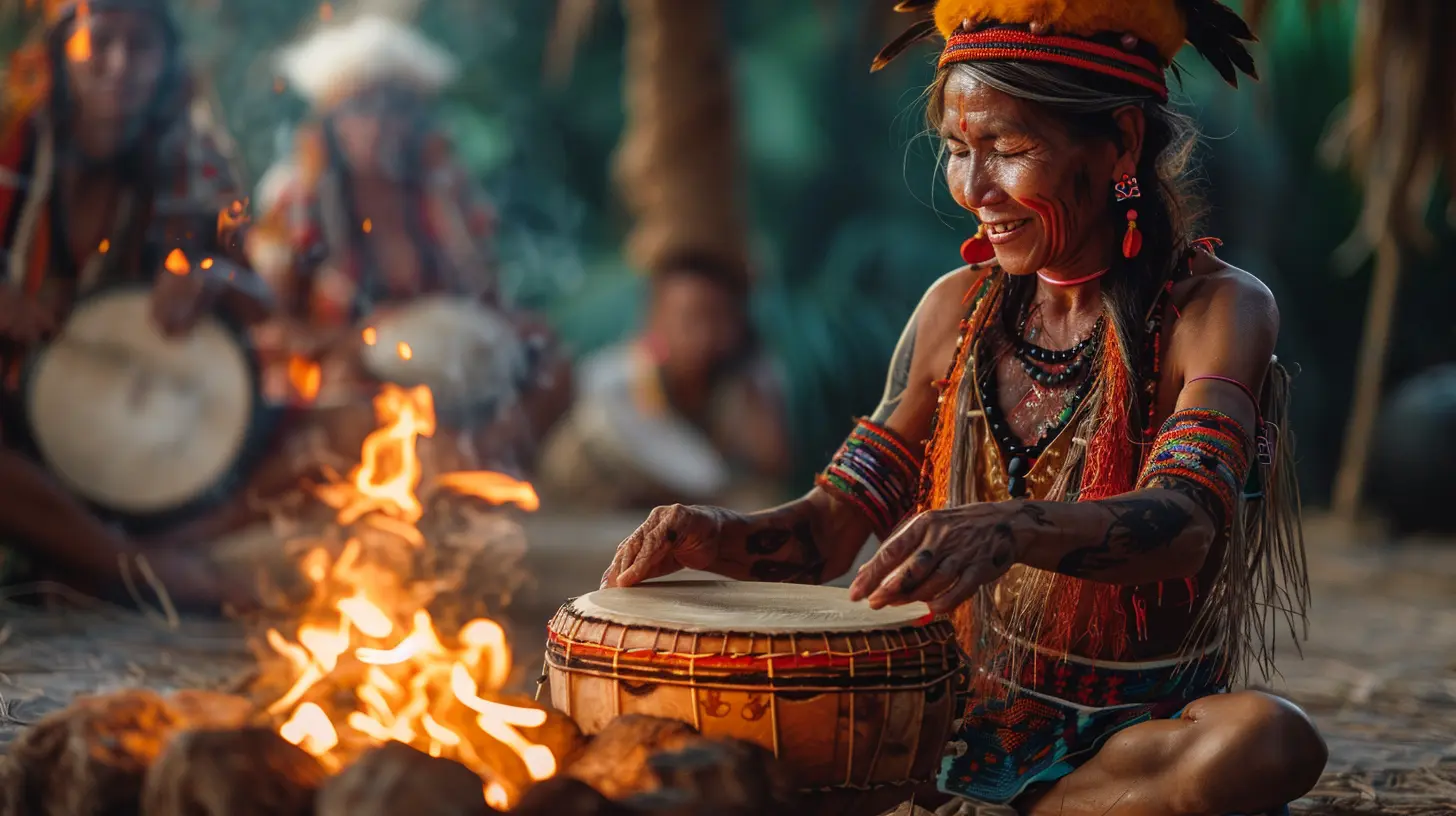
1. 🌍 Africa: Griots – The Human Libraries of West Africa
Ever wished you had a living, breathing Google? Meet the Griots of West Africa. These charismatic storytellers are part historians, part poets, part musicians – and 100% spellbinding.What Makes It Unique?
Griots memorize lineages, epic tales of kingdoms, battle songs, and ancestral wisdom – all without pen or paper. Yup, just pure brainpower and an epic memory. They’re like walking, talking hard drives of culture.Griots are often invited to ceremonies and gatherings not just to entertain, but to preserve and pass down crucial stories that define community identity.
Fun Fact: In Mali and Senegal, some griots can trace family genealogies back hundreds of years. Take that, Ancestry.com.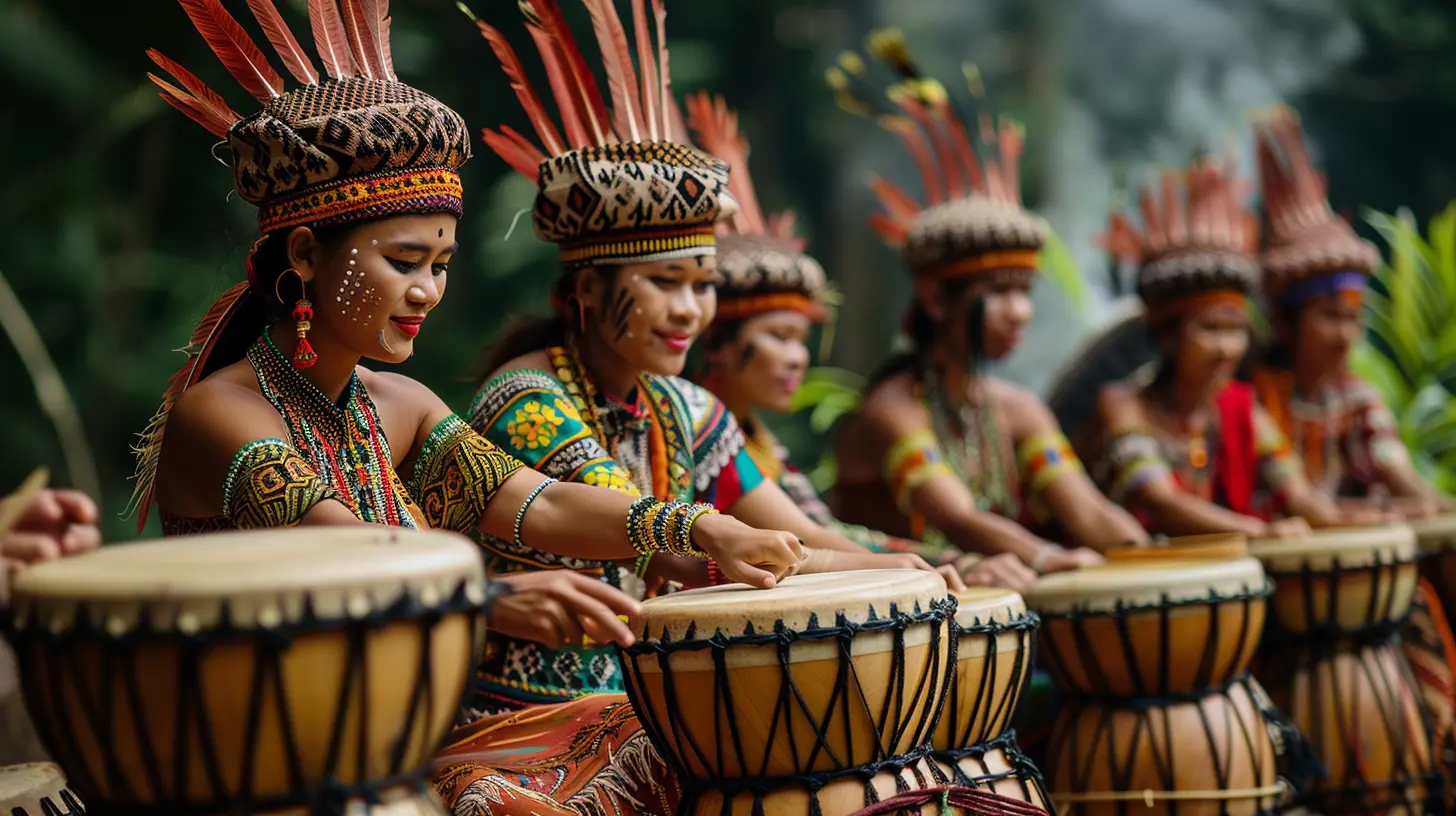
2. 🇯🇵 Japan: Kamishibai – The OG Picture Book Theater
If Broadway had a baby with a comic strip and raised it in an Edo-period temple, you’d get Kamishibai. This Japanese form of storytelling is seriously underrated and criminally cool.What's the Deal?
Kamishibai literally means “paper drama.” It’s like a mini play using illustrated boards that are slid in and out of a wooden box while a narrator – often a street performer – voices the characters and brings the story to life.It peaked during the 1930s and 40s, especially during the Great Depression. Think of it as Depression-era afternoon Netflix.
And oh, the drama! These weren’t just kiddie tales – murder mysteries, ghost stories, and heroic epics all took center stage.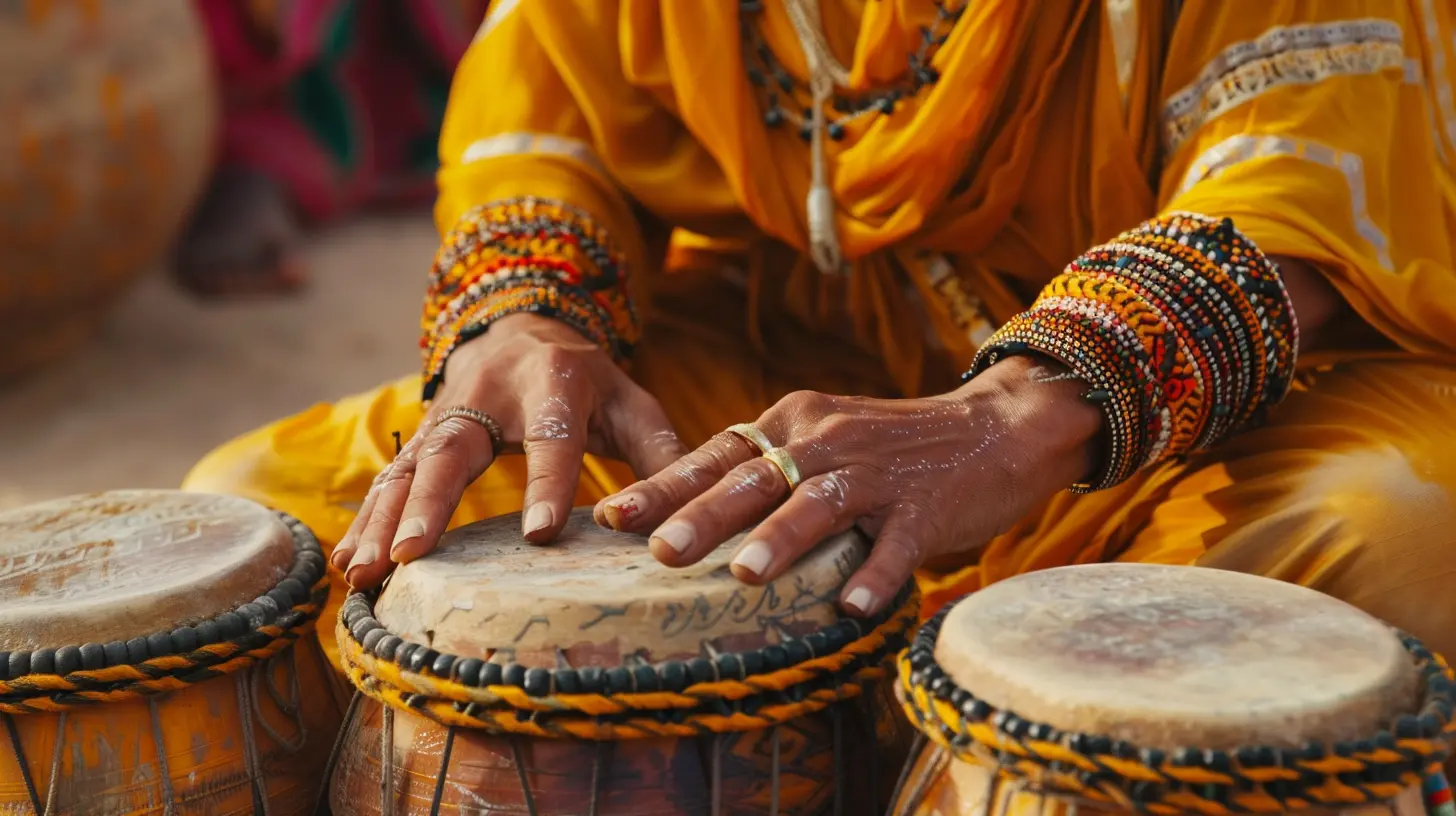
3. 🇮🇳 India: Kathakalī – Dance, Drama, and Divine Stories
Okay, so imagine wearing 20 pounds of makeup, a crown the size of a watermelon, and moving your eyebrows more than your arms. Welcome to Kathakalī – a classical Indian dance-drama that's like the Bollywood of storytelling traditions.Why’s It Legendary?
Kathakalī performers train for years (no joke) to master facial expressions, hand gestures (mudras), and precise choreography that communicates ancient tales from Hindu epics like the Mahabharata and Ramayana.What’s wild is that there's no speaking. The entire story is told through music, movement, and pure drama. It’s loud, colorful, and unapologetically extra – in the best way.
4. 🇳🇴 Norse Mythology: From Thor to Ragnarök
Before Chris Hemsworth made Thor a household name, Norse myths were crushing it in Viking longhouses. These tales weren't just beardy men swinging hammers – they were deep, poetic, and wonderfully weird.What’s the Vibe?
Norse storytelling wasn't written down until after Christianity spread to Scandinavia. Before that? Oral tradition all the way. Skalds (Norse poets) would perform epic sagas recounting the adventures of gods, giants, and human heroes.And trust me, these weren’t PG stories. Trickster gods, world-ending wolves, magical trees – the drama was real.
5. 🇲🇽 Mexico: Día de los Muertos & Ancestor Stories
Let’s take a detour to Latin America, where stories don’t just stay in books – they live on altars, in skull-painted faces, and marigold-lined streets.Why It’s Powerful:
On Día de los Muertos (Day of the Dead), families share stories about their deceased loved ones while surrounded by candles, offerings, and sugar skulls. This is storytelling as ancestor worship – a way to keep traditions alive and loved ones close.It’s not scary or grim – it’s vibrant, joyful, and deeply meaningful. These tales aren’t meant to mourn but to celebrate life.
6. 🇨🇳 China: Pingshu – Talk Show Before Talk Shows Existed
Move over, podcast bros. China’s been doing long-form audio entertainment since before it was cool.Picture This:
A solo performer sits at a desk with a fan and a wooden block (used for dramatic sound effects, of course). They deliver multi-hour episodes of historical sagas, thrilling crimes, and legendary romances that keep audiences hanging at the edge of their seats.Known as Pingshu, this storytelling form became hugely popular in 20th-century China via radio. It’s soothing, addictive, and basically the ancient Audible.
7. 🇨🇦 The Inuit: Stories in Ice and Spirit
Way up north, where it’s all snow, storms, and seriously strong winds, the Inuit people use stories to explain natural phenomena and teach survival.It’s Raw and Real:
Inuit legends – often dark and haunting – serve as cautionary tales. Take Sedna, the sea goddess who was betrayed by her father and became ruler of the ocean. Her tale is told to teach respect for nature, the sea, and the spiritual world.And it’s not just fables – these stories are keys to understanding the Arctic environment. They blend folklore with environmental science in a way that’s pretty darn genius.
8. 🇦🇺 Aboriginal Australia: Dreamtime Stories
Welcome to Dreamtime – not a nap, but a whopping system of beliefs, origins, and ancestral creation tales that Indigenous Australians have passed on for over 60,000 years.Here’s the Magic:
Dreamtime (or The Dreaming) is a sacred era when ancestral spirits created the land, sea, animals, and people. These stories are often tied to specific locations – mountains, rivers, or rocks – making the entire landscape a living storybook.Told through song, dance, drawings, and spoken word, Dreamtime tales aren’t just history. They’re maps. Life rules. Ritual guides. And identity markers.
It’s not just storytelling. It’s time travel wrapped in heritage.
9. 🌍 Middle East: The 1001 Nights That Never Ended
Enter Scheherazade, the queen of cliffhangers. 1001 Nights (or Arabian Nights) is one of the most legendary storytelling collections, and trust me – it’s not just about Aladdin.What's the Tea?
These tales come from Persia, India, Arabia, and North Africa, stitched together like a patchwork quilt of imagination. The real MVP? Scheherazade, who told a new story every night to delay her execution – for over 1000 nights!We’re talking stories within stories within stories (Inception-style) – from genies and flying carpets to thieves and wise kings.
It’s storytelling acrobatics – clever, layered, and dripping with magic and morality.
10. 🇬🇷 Greece: Myths That Shaped the West
C’mon, we couldn’t NOT talk about Greek mythology. These guys had stories for everything: love, war, weather, death, art – you name it.It’s More Than Just Zeus Throwing Tantrums:
Greek myths weren’t just entertainment. They were how people made sense of the world. Why does the sun rise? Why do we have seasons? How should we live, love, and die?From Homer’s epics to fireside recitals, Greek storytelling fused gods with humanity, fate with free will, and sheer drama with poetic genius.
And let's be real – every soap opera today owes a lil’ something to Greek mythology.
So... What’s The Point of All This?
Here’s the thing: storytelling traditions aren’t just cute relics of the past. They’re breathing, evolving, soul-nourishing parts of human identity.They help us understand each other. They remind us of where we came from. They teach us empathy, resilience, and imagination. And they’re fun as hell.
Whether it’s an old man with a drum in an African village or a YouTuber doing dramatic readings of Reddit threads – the tradition lives on.
Stories are how we remember. And how we’re remembered.
Wanna Dive Deeper? Here's How You Can Experience These Traditions IRL:
🎭 Attend a traditional performance – check out a Kathakalī act in Kerala or a shadow puppet show in Java.📚 Visit cultural museums that showcase oral histories and storytelling artifacts.
🎧 Listen to podcasts or audio stories adapted from old legends.
✍️ Ask elders in your own family or community to share stories – you’d be surprised what’s hiding in plain sight.
🧳 Travel with purpose – take tours that include local storytellers and cultural performances.
Final Thoughts (And a Mic Drop 🎤)
Storytelling is the heartbeat of humanity. It beats in every corner of the world, in every language, through every generation. From fierce goddesses to trickster foxes, and from the tundra to the tropics – every culture shouts the same truth: we are made of stories.So go tell yours.
And maybe, just maybe, listen to someone else’s too.
all images in this post were generated using AI tools
Category:
Cultural ExperiencesAuthor:

Winona Newman
Discussion
rate this article
2 comments
Nancy Whitaker
Storytelling transcends borders, serving as a cultural tapestry that weaves together history, values, and collective identity. Exploring these diverse traditions not only enriches our understanding of others but also highlights the universal human experience that binds us all.
September 21, 2025 at 3:05 PM

Winona Newman
Thank you for highlighting the essence of storytelling! It's truly a powerful vehicle for connecting us all through our shared human experiences and diverse cultural backgrounds.
Olive Cook
This article beautifully highlights how storytelling transcends borders, serving as a vital cultural thread. It emphasizes the power of narratives to foster understanding, preserve history, and connect diverse communities globally.
July 8, 2025 at 3:54 PM

Winona Newman
Thank you for your thoughtful comment! I'm glad you resonated with the piece and appreciate the universal power of storytelling in bridging cultures.

